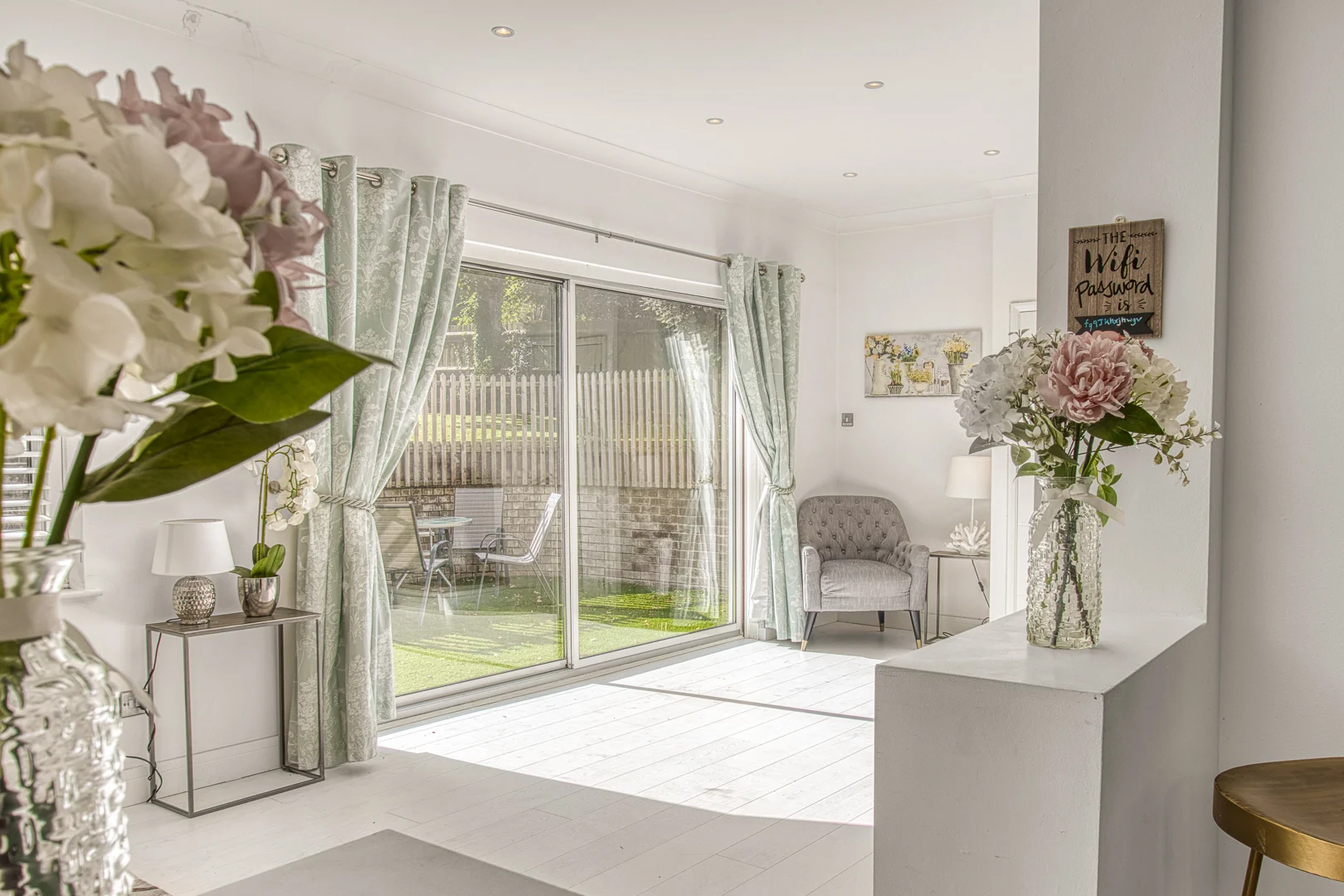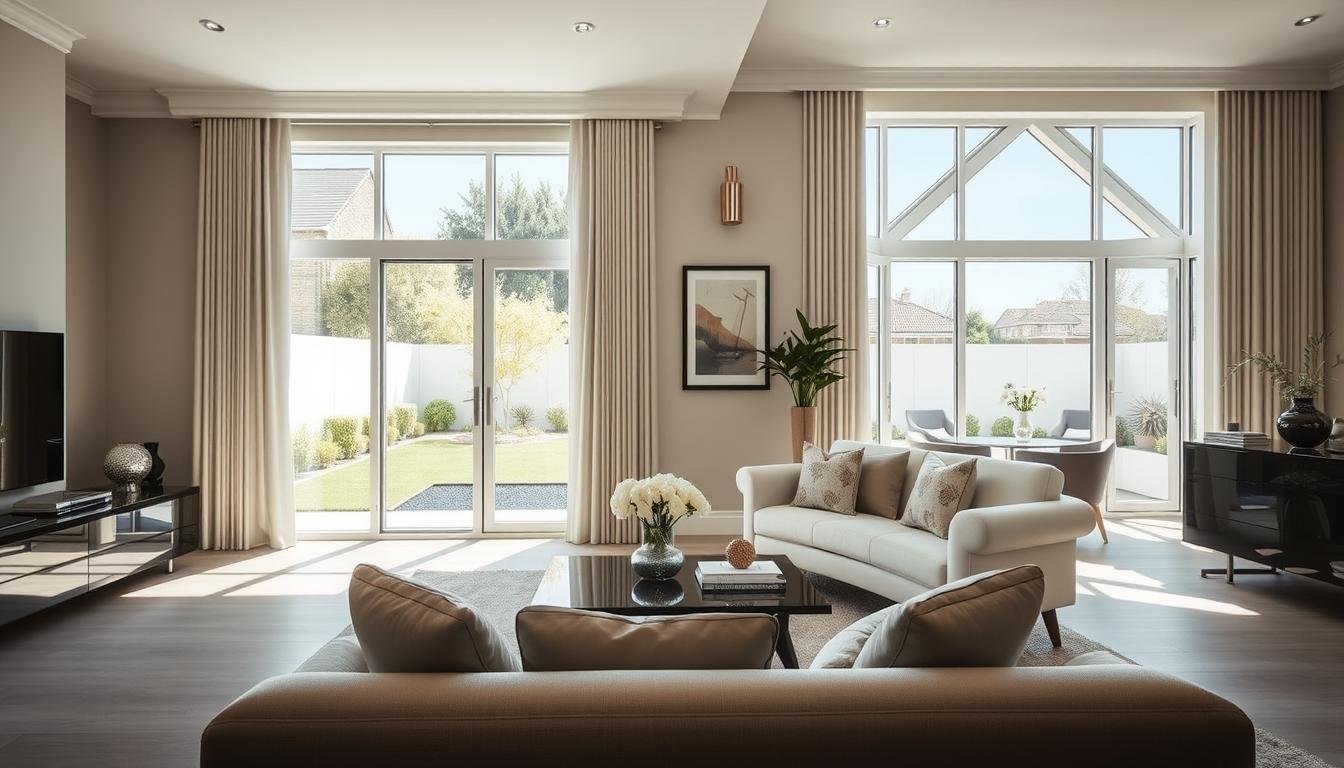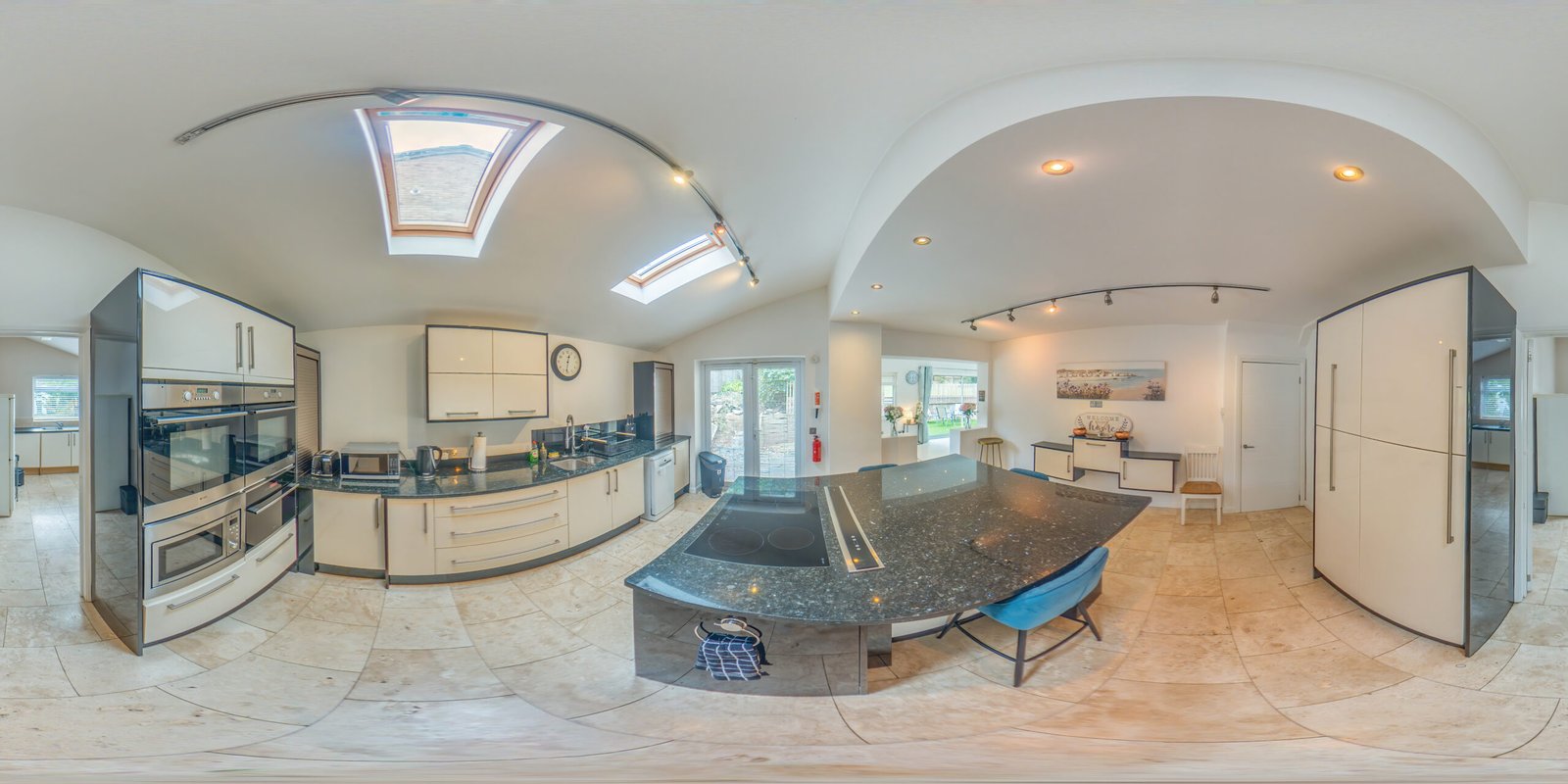1.
Understanding the Key Factors in Real Estate Photography and Videography
When it comes to capturing stunning images and videos of properties, professional property photographers in London and around the world rely on the latest camera technology.
Real estate photography requires careful consideration of various factors to showcase properties in their best light and attract potential buyers. Among the essential tools for any property photographer is a mirrorless camera, offering a perfect balance between performance, versatility, and portability.
In this article, we will delve into the key factors that impact real estate photography and videography, exploring why a mirrorless camera is the best choice for this purpose.
Property photography demands capturing images of both interior and exterior spaces, and professionals need a camera that excels in various lighting conditions.
Mirrorless cameras are known for their ability to deliver high-quality images, even in challenging lighting situations. Unlike traditional DSLRs, mirrorless cameras lack the mirror mechanism, making them more compact and lightweight.
This portability allows property photographers to move around quickly, capturing different angles and rooms without being weighed down by heavy equipment.
2.
Balancing Tradeoffs in Real Estate Photography
In real estate photography, striking the right balance between image quality and file size is crucial. High-resolution images are desirable as they provide more detail and allow for larger prints.
However, large file sizes can become cumbersome, particularly when handling a significant number of photos during post-processing. Herein lies the first tradeoff in selecting a mirrorless camera for real estate photography.
Mirrorless cameras equipped with full-frame sensors offer exceptional image quality and low-light performance.
They excel in capturing stunning interior shots and vibrant exterior views. However, full-frame sensors also result in larger file sizes, requiring ample storage space and a more robust computer system for efficient editing.
On the other hand, cameras with APS-C or Micro Four Thirds sensors present a more lightweight and affordable option.
These cameras offer excellent image quality but may not match the level of detail and dynamic range provided by full-frame counterparts.
Photographers may opt for these models if they prioritize portability and cost-effectiveness without compromising significantly on image quality.
3.
Overcoming Challenges in Property Photography
One of the significant challenges property photographers face is managing the dynamic range of a scene, especially when capturing interior shots with windows that offer a view of the outside.
The contrast between bright outdoor light and darker indoor spaces can lead to overexposed windows or underexposed interiors.
A mirrorless camera with advanced HDR (High Dynamic Range) capabilities can help tackle this issue. HDR mode combines multiple exposures, capturing details in both bright and dark areas, resulting in a well-balanced final image.
Another crucial factor in property photography is the consideration of focal lengths and lens choices. Different rooms and spaces may require varied approaches to capture them effectively.
For instance, wide-angle lenses are commonly used to showcase the spaciousness of rooms and provide a comprehensive view of interiors.
However, extreme wide-angle lenses can distort the perspective, making rooms appear larger than they are, which may not accurately represent the property.
Property photographers must find a balance between wide-angle and standard lenses to showcase each room accurately while highlighting its unique features.
A versatile mirrorless camera system with a range of lenses can help photographers adapt to various shooting situations and achieve the desired results.
The Importance of Considering Impact: Lenses for Real Estate Photography
While the camera body plays a crucial role in real estate photography, the choice of lenses is equally significant. Different lenses offer distinct perspectives and capabilities, allowing photographers to tailor their approach to various properties and settings.
For capturing the exterior of a property, a wide-angle lens is often preferred to capture the entire building and its surroundings.
Wide-angle lenses, with focal lengths ranging from 14mm to 35mm, allow photographers to showcase the property’s architecture and landscaping in a single frame. These lenses create an expansive view that emphasizes the property’s curb appeal.
On the other hand, when it comes to interior shots, a standard zoom lens or a wide-angle lens with a focal length of around 24mm to 50mm is more suitable.
This range helps in accurately representing room dimensions and maintaining a natural perspective. It also allows property photographers to capture the essence of each room without significant distortion.
Additionally, prime lenses with a fixed focal length can be advantageous in real estate photography. Prime lenses tend to offer better image quality, sharper images, and wider apertures.
A wide aperture, such as f/1.8 or f/2.8, allows more light to enter the camera, making them ideal for low-light situations and creating attractive shallow depth-of-field effects for highlighting specific elements of a room.
For a comprehensive list of high-quality mirrorless cameras for real estate photography, check out this guide by a renowned photography website: https://www.photoup.net/learn/top-cameras-for-real-estate-photography
Outbound Link 1:
Learn more about the benefits of mirrorless cameras and their applications in various photography genres: https://fisherstudios.co.uk/photography-blog/how-mirrorless-cameras-are-revolutionising-photography/
Outbound Link 2:
Discover essential real estate photography tips to elevate your property photography skills: https://expertphotography.com/10-tips-for-consistently-great-real-estate-photography/
In this article, we have explored the factors influencing real estate photography and videography, focusing on the best mirrorless cameras for the job. We discussed the tradeoffs involved in choosing a camera system, such as image quality versus file size and full-frame versus crop sensors. Additionally, we highlighted the challenges faced in property photography and how HDR mode can help overcome dynamic range issues
The article emphasized the significance of selecting the right lenses for different scenarios, considering the impact of focal lengths on capturing both the exterior and interior of properties. By providing inbound and outbound links, we aimed to further enrich the reader’s knowledge with additional resources.
In Conclusion
Investing in a quality mirrorless camera system and understanding its compatibility with various lenses is vital for property photographers aiming to excel in their field. With the right tools and techniques, they can create captivating visuals that effectively market properties, drawing potential buyers to explore the full potential of real estate through the lens of a skilled photographer.





